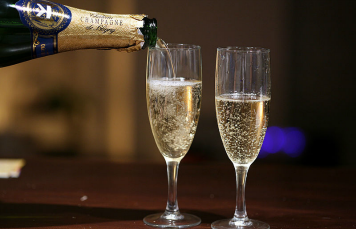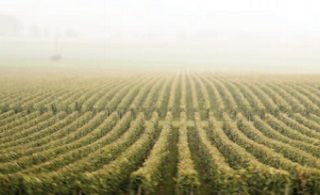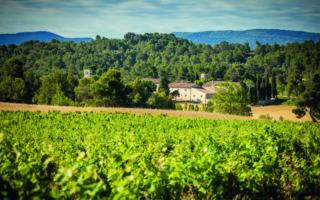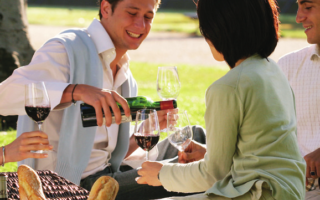Fruit first in the land of fizz

 Next time you find yourself ‘drinking the stars’, impress your friends with a few facts about the fizz-making process. Tom Gilbey tells all
Next time you find yourself ‘drinking the stars’, impress your friends with a few facts about the fizz-making process. Tom Gilbey tells all
Much more than a wine, Champagne is synonymous with the notions of quality and celebration. It is unquestionably one of the most extraordinarily successful wine producing areas in the world. Located 100 miles east of Paris, it’s at the northern most limits of successful, commercial wine production.
The ‘Champagne’ name can legally only be used by wines coming from this region which is itself split into five distinct districts: the Montagne de Reims, the Côte des Blancs, the Vallée de la Marne, the Aube and the Côte de Sézanne.
Climate and soil
With an annual temperature of just 10°C, ripening grapes is no easy task in Champagne so grapes are harvested with high levels of acidity, perfect for the production of sparkling wine. Critical to the quality and uniqueness of Champagne is the soil.
Champagne lies on a thick bed of chalk which provides excellent drainage and allows the ground to absorb heat from the sun during the day and gradually release it during the night. This explains the finesse
we associate with great Champagnes.
The grapes
Champagne is made from three grape varieties: Chardonnay, Pinot Noir and Pinot Meunier. These latter two are black skinned grape varieties, the juice of which is clear.
Pinot Noir provides structure and body to the wines. Pinot Meunier is the dominant grape in the Vallée de la Marne region, and although not always appreciated is generously fruity and a key component of early drinking non-vintage wines. The Côte des Blancs is dedicated almost exclusively to Chardonnay, which brings finesse and elegance to the wine.
Production: Wines in Champagne are produced exclusively by the traditional method, and governed by numerous laws.
Grapes must be hand harvested and are transported directly for rapid but gentle pressing. The first fermentation then takes place, after which blending, the true art of the Champagne production method takes place. Base wines from different varieties, vineyards and vintages are blended to produce a wine consistent with the house style. This is also when Champagne houses will decide whether to declare a vintage year.
After the blending, a mix of yeast and sugar is added and the wine is bottled and sealed with a cap. The yeast then reacts with the sugar to produce additional alcohol and CO2, which is trapped in the bottle to produce the bubbles we all know and love. With fermentation complete yeast dies and decays, adding flavours to the wine, such as toast and brioche notes. By law, non-vintage wine must spend 15 months maturing and vintage champagne 36 months.
With maturation on the lees approaching completion, bottles are gradually shifted from their sides to an upright position. This process leads to the dead yeast collecting in the neck of the bottles. The necks are frozen which ejects the lees to leave a clear, bright wine. Bottles are topped up with a mix of wine and sugar and sealed with a cork ready for shipping.
Styles of champagne
■ Non-Vintage: Is a blend of all three grape varieties for different years
■ Vintage: A blend of the different grape varieties from a single year
■ Blancs de Blancs: Exclusively Chardonnay
■ Blancs de Noirs: From black grapes
■ Rosé: Either produced by blending red and white wine or bleeding juice off skins, known as saignée
■ Cuvée de Prestige: The top wine of the Champagne house such as Dom Pérignon from Moët & Chandon.
● Tom is from www.thevintner.com
Share to: Facebook Twitter LinkedIn Email
More in land, legal, romance, vineyards, wine
Leave a reply
Your email address will not be published. Required fields are marked *



